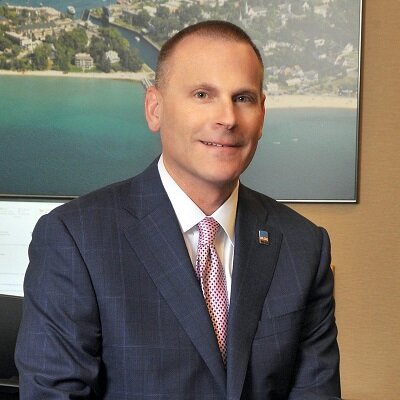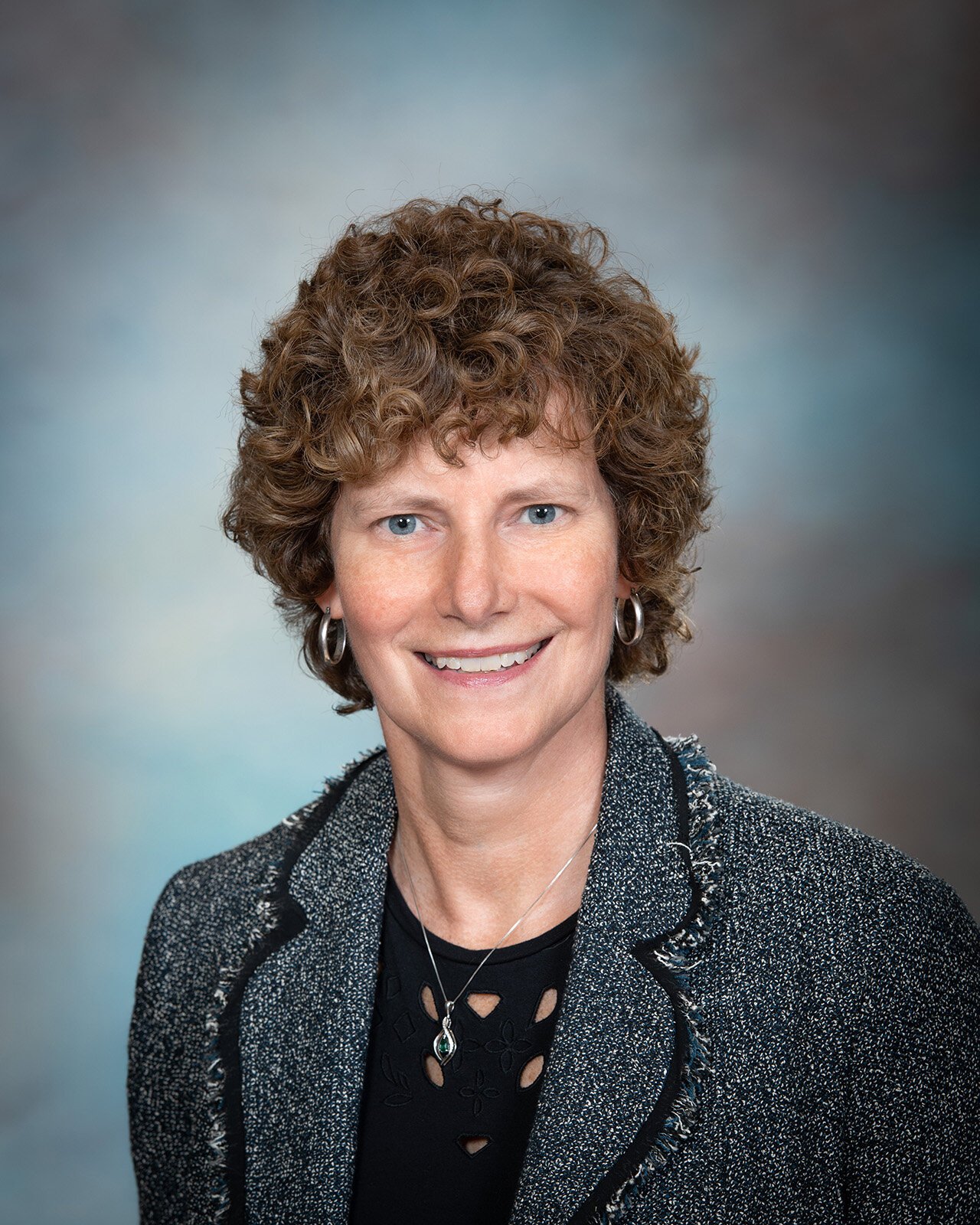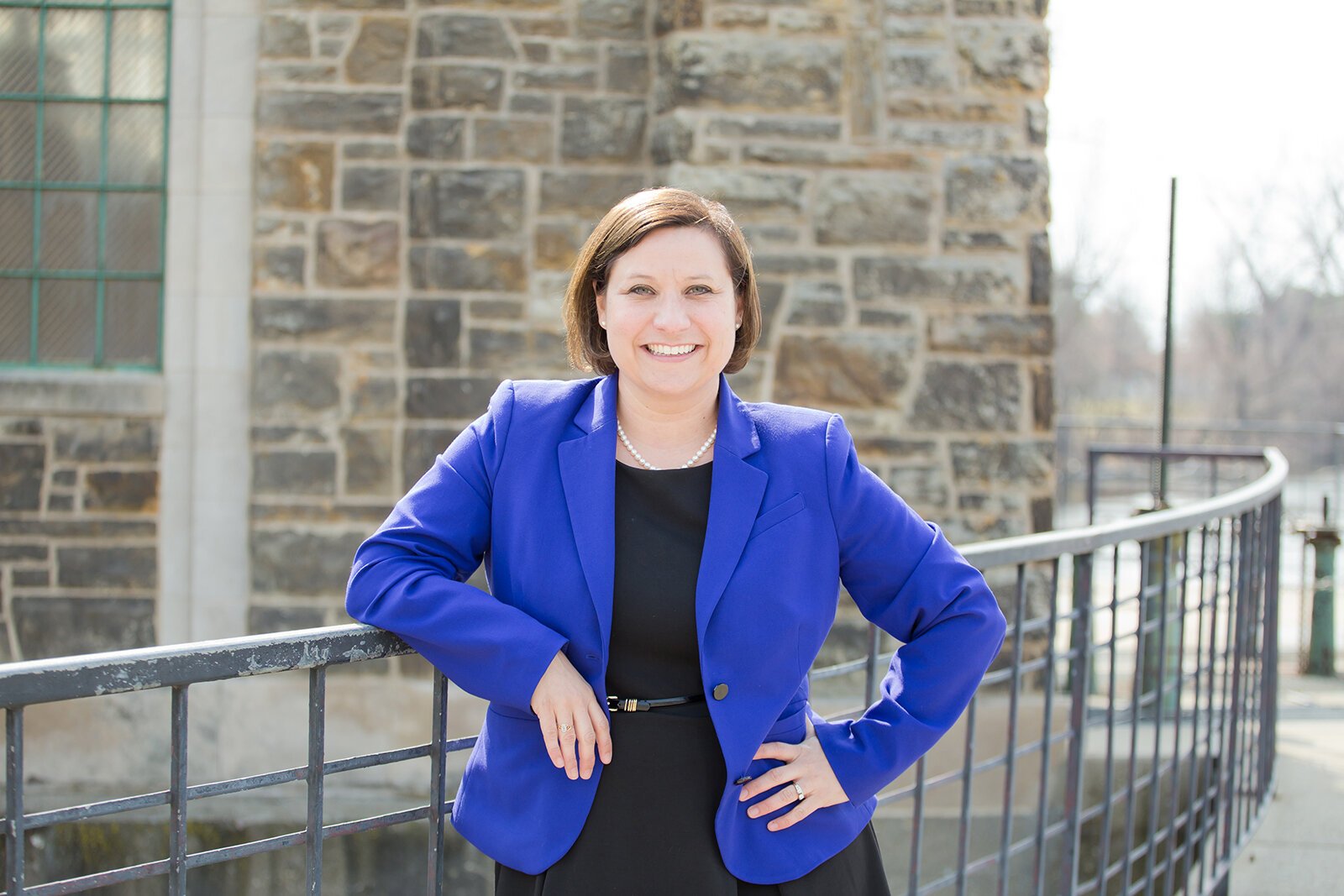
Michigan health care leaders are advocating for investments to support staffing needs in hospitals, nursing facilities, emergency medical services, and workforce training programs.
This article is part of State of Health, a series about how Michigan communities are rising to address health challenges. It is made possible with funding from the Michigan Health Endowment Fund.
As COVID-19 cases reach record highs, Michigan doesn’t have enough health care workers. Four Michigan hospitals have had to call on the National Guard for staffing help.
“Today we have 875 fewer staffed hospital beds than we had just a year ago. We have lost so many frontline caregivers that now we can only staff a number [of beds] that is far less than what we had earlier in the pandemic,” says Brian Peters, CEO of the Michigan Health and Hospital Association (MHA). “This is causing all kinds of issues for Michiganders.”

In response, the newly formed Healthcare Workforce Sustainability Alliance (HWSA) is advocating for the state to make a $650 million investment to support staffing needs in hospitals, nursing facilities, emergency medical services, and workforce training programs. The HWSA includes the MHA, the Health Care Association of Michigan, the Michigan Association of Ambulance Services (MAAS), the Michigan Community College Association, and American Nurses Association of Michigan (ANA-MI). Their proposed investment notably includes a “Future Healthcare Worker Scholarship Program” that would provide two-year scholarships to individuals pursuing degrees in clinical health care fields.
A combination of factors have brought the workforce shortage to its current crisis status. A smaller workforce is not only caring for an influx COVID-19 patients, but also is playing catchup caring for people who delayed seeking treatment out of fear of contracting the disease.
“Throughout the health care system, whether it’s skilled nursing facilities or emergency transport, they’re struggling with significant issues in terms of short staffing, especially during this current COVID surge,” Peters says. “It’s created a real crisis.”
Nurse shortage “a national crisis”
According to Julia Stocker Schneider, ANA-MI president, nursing has been the hardest hit by the health care workforce shortage. She notes that even pre-pandemic, projections forecast that the U.S. would face a shortage of as many as 510,000 nurses by 2030.

“Those relate to an aging nurse workforce, with the Boomer nurse population moving into retirement,” Stocker Schneider says. “At the same time, we have this aging population with more chronic conditions and more health care needs. On top of that, there’s a nurse faculty shortage. A lot of faculty are older as well.”
A survey published by the Kaiser Family Foundation and the Washington Post in April 2021 found that 62% of frontline health care workers say stress related to COVID-19 has negatively impacted their mental health. 55% said they feel burned out and 49% felt anxious. Three in 10 frontline health care workers said they have considered leaving their profession.
“The exhaustion, the anguish, and fear that health care workers have experienced while caring for COVID patients over the last 29 months … has resulted in early retirements, nurses moving to less stressful jobs, and even leaving the profession,” Stocker Schneider says. “They’re becoming increasingly fatigued and worried that things will just get worse. The quality of care is suffering. Both the shortage of nurses and nurses who are so fatigued and emotionally exhausted sets up for error. It’s a very scary thing for nurses … to be in a situation where they might make an error. There is a lot on the line, both their licenses and the possibility that they could harm someone who they’re trying to care for.”
Workforce shortages felt everywhere in health care
Peters says the nursing field is “front and center” in discussion of the health care workforce shortage, but there’s also a serious lack of clinical staff.
One of those non-clinical workforce shortages is in emergency medical transportation. The field is now losing 20% to 30% of its workers per year. Retirement remains one factor, but hardships wrought by the pandemic are another. In addition, COVID-19 shut down emergency medical technician (EMT) trainings for an extended time. And EMTs are at higher risk of contracting COVID-19 than many other health care workers.
“When EMTs transport patients with COVID, they are doing so in a six-by-eight-foot box with no ventilation,” says Angela Madden, MAAS executive director. “As our hospitals fill up, the length of time these patients spend with the EMT has grown. It’s absolutely scary.”

Madden explains that when hospitals reach capacity, patients in emergency departments wait longer to be admitted to the limited number of rooms. Ambulance crews have to wait until the emergency departments have space for the patients they are transporting. This, in turn, reduces the availability for ambulances to get back out on the road to serve other patients.
“It is absolutely exacerbating the issue from the EMS [emergency medical service] perspective. Because the emergency departments are understaffed, it takes that much longer for the ambulance crews,” Madden says. “They have to wait with the patients until the emergency department staff can transfer them. That trickles down. Many discharged patients need ambulance transportation home. It becomes a vicious cycle.”
“They are worked to the bone. They are tired. And that’s not safe in and of itself,” Madden says. “MAAS is asking for a substantial investment in EMS education through grant opportunities so that EMS agencies can offer their own school or tuition assistance and pay for overhead.”
MAAS’ additional solutions for increasing the number of Michigan’s EMTs and paramedics include raising Medicaid and private insurance reimbursement rates for EMT services.
Companies providing these services cannot raise salaries unless this happens. Michigan leaders have prioritized EMS funding in their fiscal year 2022 budget, which will help agencies boost EMS staff salaries by increasing Medicaid reimbursements.
Other strategies include allowing EMTs and paramedics to begin working as soon as they are qualified, rather than having to wait lengthy periods of time to receive licensure, and allowing EMTs to become paramedics via on-the-job training and experience rather than by requiring school-based learning.
“It is a very hard job. But it is exceedingly rewarding to know that, as an EMT, you are there for that patient and their family. When they are having the worst day of their lives it’s important for you to be on your best day,” Madden says. “It definitely takes a toll but there are always those shining moments.”
Addressing a workforce crisis
Nurses, EMTs, and paramedics aren’t the only health care workers in short supply. Shortages of non-clinical staff — cafeteria workers, custodians, billing staff, housekeeping, and security — are also preventing hospitals from functioning at full capacity.
“We are hearing repeatedly from our members, both in rural settings and in urban settings, that they are experiencing a shortage of those non-clinical employees as well, so much so that it has created a real backlog,” Peters says.
There could be good news for addressing Michigan’s health care workforce shortage in the short-term future. Before the holiday break, the Michigan House of Representatives passed House Bill 5523 with strong bipartisan support. If passed by the Michigan Senate, the legislation will establish $300 million in new funding to address the health care workforce shortage. In addition to supports for current health care workers, the legislation addresses what Peters calls “pipeline issues,” i.e., encouraging more people to choose health care careers. Peters also has additional strategies in mind.
At the federal level, he says revising immigration policy could make it easier for skilled and qualified nurses, physicians, respiratory therapists, pharmacists, and other health care professionals from other countries to fill the need in Michigan and throughout the U.S.
“That can follow a very precise protocol where we’re sure that those people are well qualified to deliver high-quality care,” Peters says. “We need to knock down some of those barriers, those roadblocks that make it a very difficult and lengthy process.”
At the state level, Peters would like Michigan’s community colleges to be allowed to offer traditional, four-year nurse training programs, and to have the state join the multi-state Nurse Licensure Compact (NLC), which allows nurses to practice in other NLC states without having to obtain additional licenses. Indiana and Ohio have both enacted NLC legislation.
This backlog can force Michigan’s hospitals to not only postpone elective or non-emergency procedures but even turn away new ambulance arrivals.
“We need more folks in health care, not just in the here and now to address this immediate crisis,” Peters concludes. “We know, based on demographic realities, that we’re going to need more health care workers in the long term as well.”
A freelance writer and editor, Estelle Slootmaker is happiest writing about social justice, wellness, and the arts. She is development news editor for Rapid Growth Media and chairs The Tree Amigos, City of Wyoming Tree Commission. Her finest accomplishment is her five amazing adult children. You can contact Estelle at Estelle.Slootmaker@gmail.com or www.constellations.biz.
Lead photo by Adobe Stock. All other photos courtesy of the subjects.








